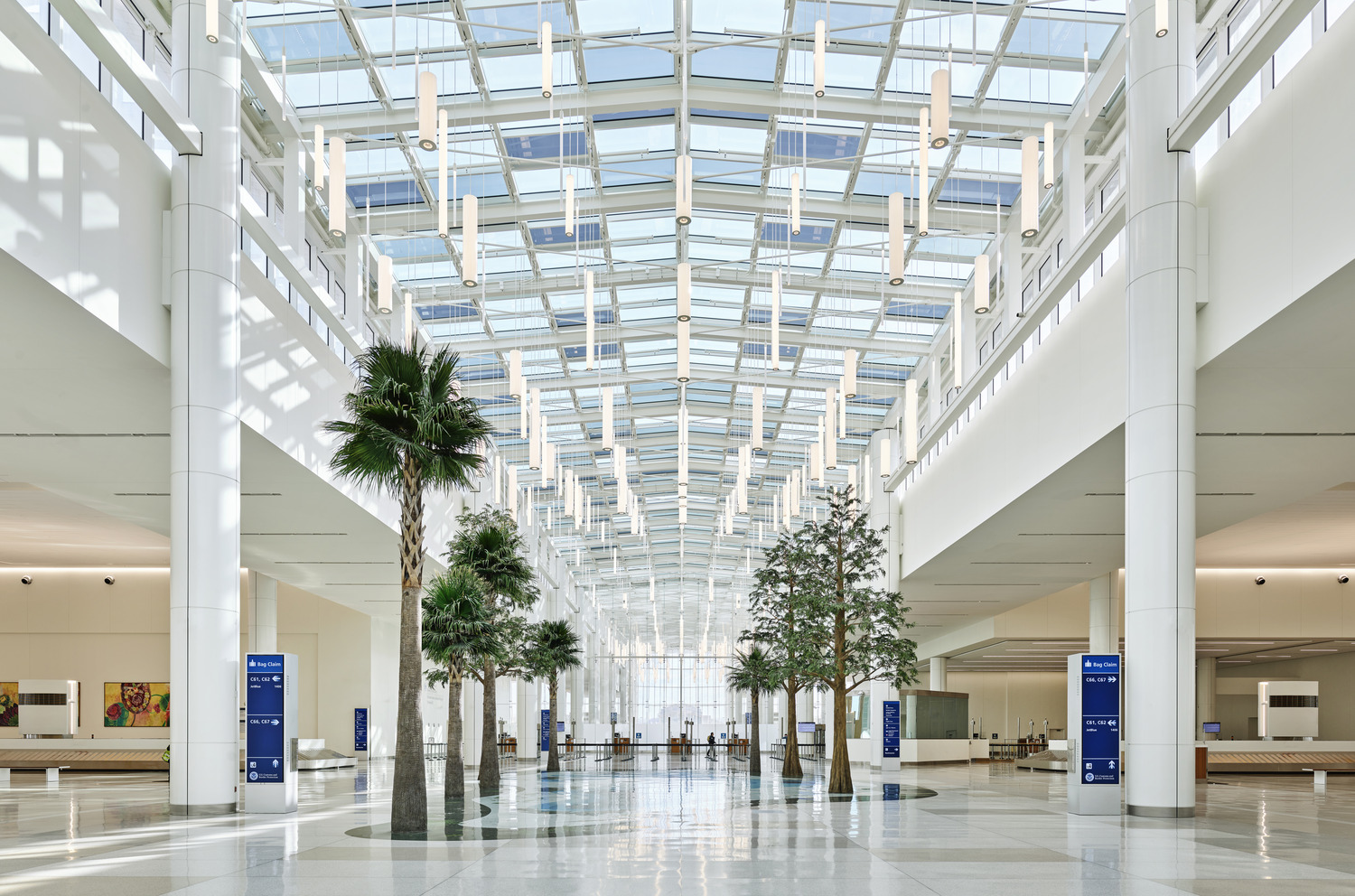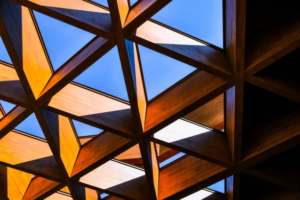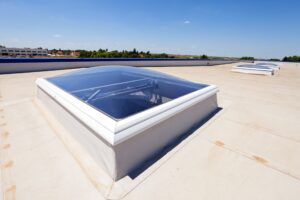The use of daylight is one of the most important aspects of architecture as it influences people’s health well-being and makes environments more comfortable. Incorporating daylight into architectural design involves capturing and utilising daylight to enhance a space’s visual appeal, and optimising its distribution throughout a building, using rooflights strategically placed to maximise daylight penetration. The resulting effect bathes spaces in a comforting, dynamic radiance, fostering a mood that enhances both physical and mental well-being.
This design method brings natural light into indoor spaces, integrating the outdoors with interiors. The interplay of light and shadow introduces both depth and texture, enriching the visual experience in any room.
Daylight design isn’t just about visual comfort; it also creates welcoming, spacious, high-quality environments by rendering colours and highlighting architectural details.

Building Orientation and Layout
In the Northern Hemisphere, positioning a building to maximise southern exposure allows for optimal sunlight penetration throughout the day. Open floor plans and strategic rooflight placement ensure light can travel into the core of the building.
Opening Design and Placement
Strategically positioned roof openings capture daylight while minimising heat gain. High-performance rooflights enhance thermal comfort and energy efficiency, while maximising visual comfort.
Shading Devices
Automated systems can adjust shading based on the time of day and weather conditions. They control light intensity and prevent overheating, using various shading devices such as blinds, louvres, and external shades.
Building Automation and Control Systems
These systems use sensors to monitor daylight levels and adjust electric lighting accordingly, ensuring consistent lighting conditions and optimising the energy consumption.
By strategically capturing and utilising daylight, designers can create visually appealing and uplifting spaces. Daylighting not only improves visual and thermal comfort, but also connects indoor spaces with the outdoors, adding depth and texture to interiors, ultimately making them more welcoming, spacious, and conducive to both physical and mental well-being.




